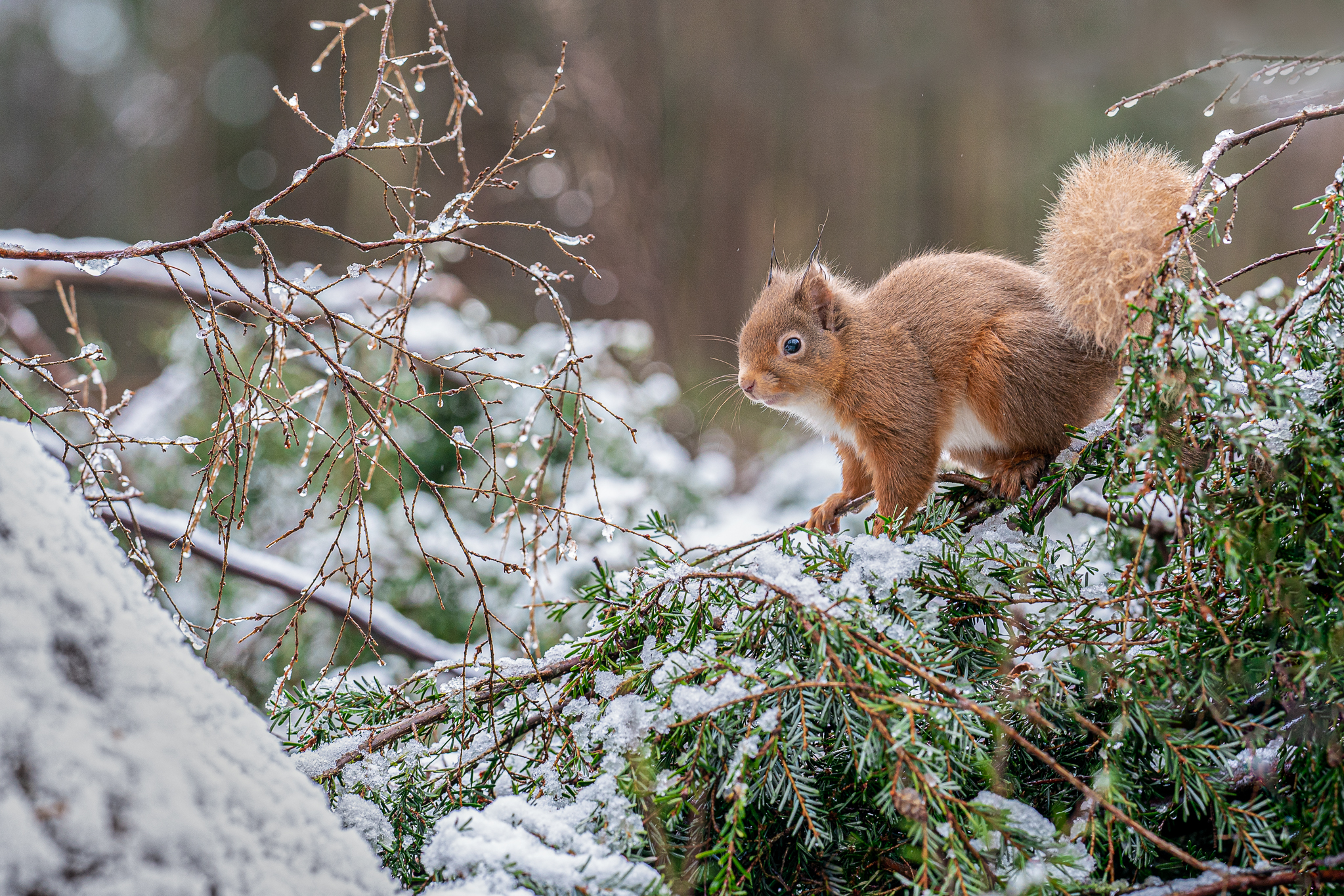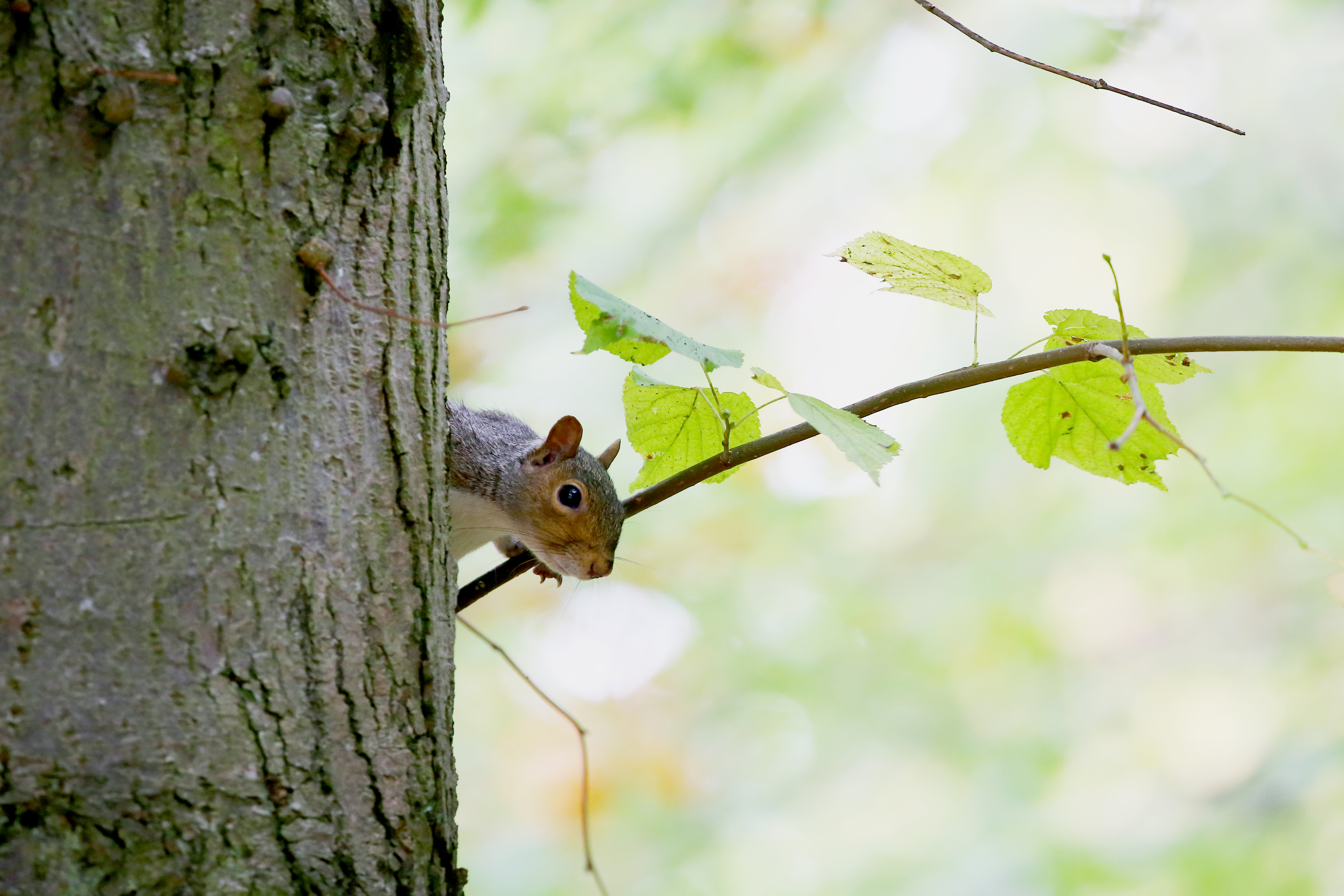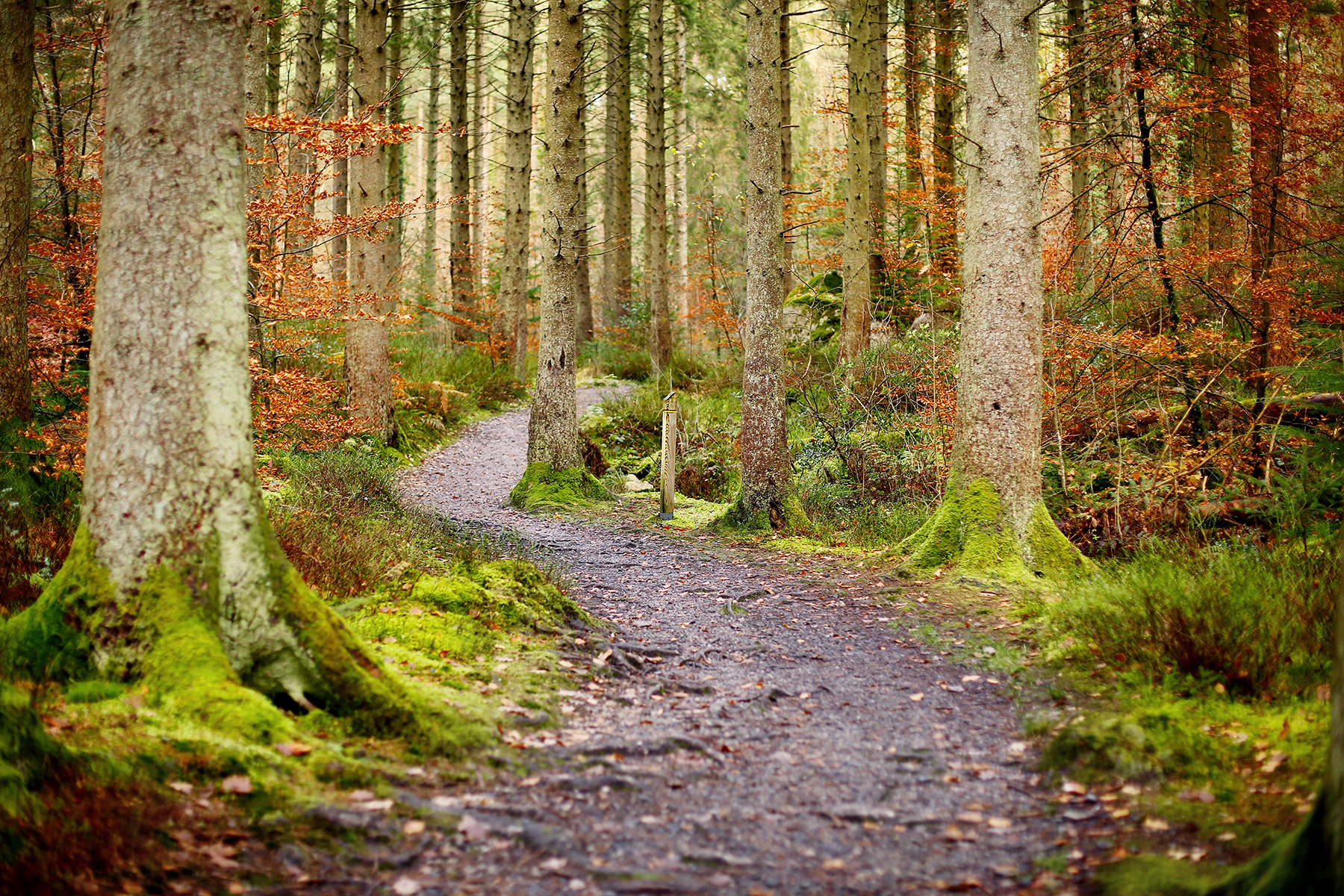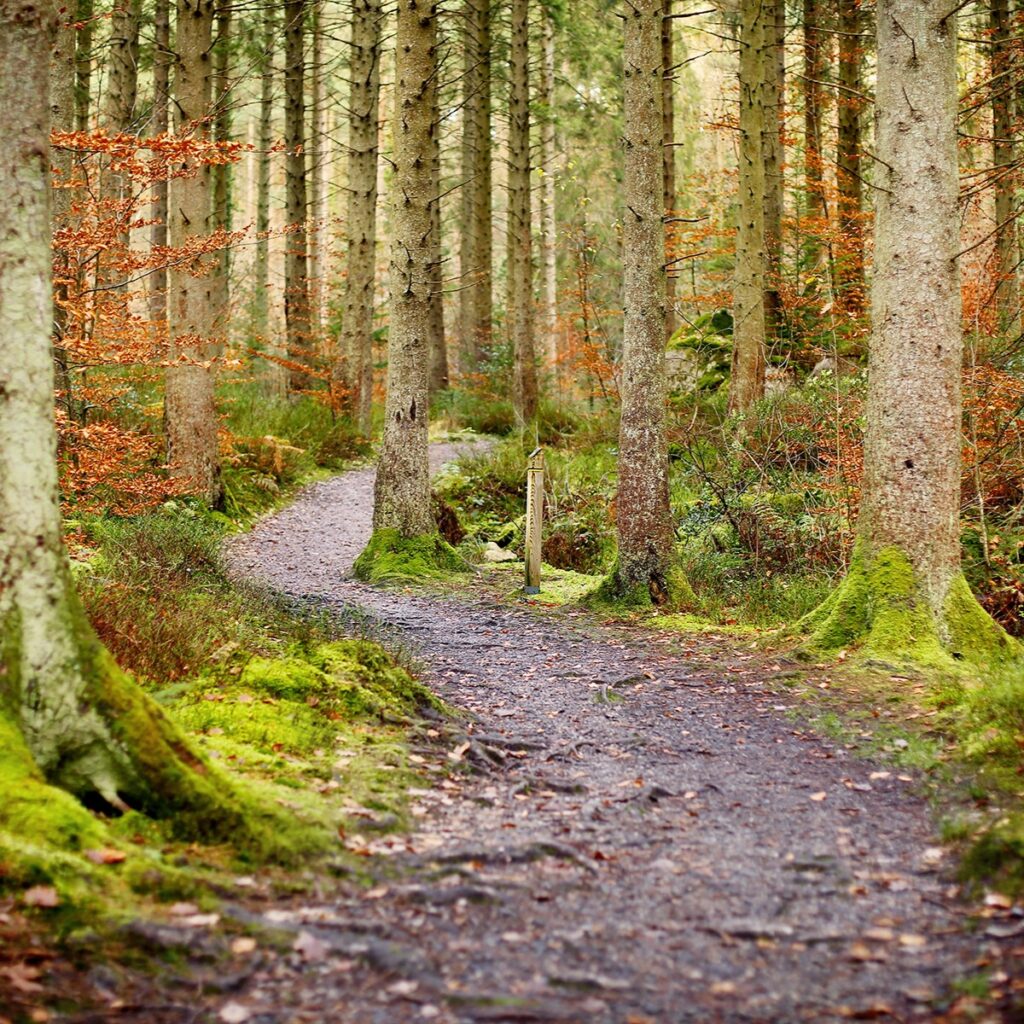The Scottish Government recently launched a consultation on tackling the nature emergency and are seeking public feedback by 14 December. This is one of the biggest proposals for high level policy changes ever seen in Scotland, and responding is an action open to everyone which could make a fundamental difference to the future of Scotland’s wildlife and landscapes.
The strategic framework for biodiversity, entitled ‘Tackling the Nature Emergency’, is a set of policy and legislative proposals aimed at reversing the decline of biodiversity in Scotland. The main elements are:
- Scottish Biodiversity Strategy – the plan to restore and regenerate biodiversity across our land and seas by 2045.
- Nature Networks – the plan to connect different habitats so that wildlife can move and adapt.
- 30 by 30 – the plan to increase the area of land that is protected or managed for nature to 30% by 2030.
- Nature Targets – the plan to set legal targets for nature that the government has to meet.
- National Parks – the plan to designate at least one new National Park in Scotland by 2026.
For SSRS supporters, this is an opportunity to speak up for red squirrels and make sure their interests are fully represented. The more people that respond for reds, the more likely the government will take these views into account.

To help SSRS supporters respond to the consultation (as there is quite a bit of content to digest!) the Scottish Wildlife Trust’s Species Advocacy Officer, Hazel Forrest, explains how the Framework relates to red squirrels:
This is clearly a very ambitious Framework, which, with a bit more attention to detail, has real potential to turn the tide on biodiversity loss in Scotland. Many aspects of the Framework could directly benefit the red squirrel, but to be sure this is the case, specific detail on red squirrel conservation and invasive non-native grey squirrel control is needed. Below is a rundown of the sections of the Framework which I believe are most relevant to squirrels and why.
As part of the proposed Programme for Ecosystem Restoration, the Biodiversity Strategy pledges to identify species which require action beyond that focussed on the restoration of their ecosystem. While ensuring sufficient and connected woodland habitat is crucial for red squirrel populations, we believe that, given the threat posed to the species by the invasive non-native grey squirrel, red squirrels should fall into this category. SSRS has demonstrated that targeted grey squirrel control and monitoring in priority areas (where red squirrels are most threatened by greys) is effective and necessary to prevent the extinction of the red squirrel in Scotland.
The Biodiversity Strategy also includes a commitment to implement the Scottish Plan for INNS Prevention and Control, involving a “pipeline of strategic INNS projects to coordinate the control of priority INNS at scale.” I would like to see the grey squirrel recognised as a priority INNS and grey squirrel control programmes like SSRS included as part of this ‘pipeline’ of projects.
The proposed action to initiate six landscape restoration area projects with significant woodland components by 2025 is very positive, however it will be important to see recognition of the need to consider grey squirrel management as part of this, both due to the risk to young trees from bark stripping, and the potential for newly created woodland habitats to enhance the ability of the grey squirrel population to expand into new areas.
To support the key action “Ensure that forests and woodlands deliver increased biodiversity…” I would like to see grey squirrel control and monitoring recognised as a fundamental component of any sustainable woodland management plan where grey squirrels are present, particularly in red squirrel priority areas. The Forestry Grant Scheme is a key mechanism for this, however updates to the scheme in line with SSRS recommendations are required in order for it to be fully effective in supporting strategic landscape-wide grey squirrel control efforts
It is good to see a commitment to continue to support and build upon strategies and schemes to protect and expand populations of priority species, and I am pleased to see the red squirrel mentioned in this key action as an example species. It would, however, be good to have more detail on how the government intends to support, fund, and build upon strategies and schemes for each priority species. For red squirrels the work of the NatureScot-led Scottish Squirrel Group on a revised Scottish Strategy for Red Squirrel Conservation will be a key part of this. I hope to also see red squirrels included in the revised Scottish Biodiversity List of species and habitats that Ministers consider to be of principal importance for biodiversity conservation in Scotland
The emphasis in the Framework on habitat connectivity is very positive, however connecting habitats will also enhance the ability of grey squirrels and other INNS to spread. Grey squirrel control and monitoring should be considered in the management planning for all of the landscape elements included in the Framework, i.e., Nature Networks, 30 by 30 protected areas, nature restoration areas, National Parks and National Nature Reserves Consideration should also be given to connectivity of optimal red squirrel habitat by including a sufficient proportion of native conifers in native woodland planting plans to support red squirrel populations, particularly in red squirrel priority areas.

Below is a selection of questions from the consultation that I feel are most relevant to red squirrel conservation and the work of SSRS:
- Question 2a: Have we captured the key actions needed to deliver the objective: accelerate restoration and regeneration?
- Question 2g: Have we captured the key actions needed to deliver the objective: embed nature positive farming, fishing and forestry?
- Question 2j: Have we captured the key actions needed to deliver the objective: protect and support the recovery of vulnerable and important species and habitats?

If you would like to respond to the consultation, please complete the template below with your personalised answers and send to biodiversityconsultation@gov.scot. You can also additionally send it to your MSP if you wish (changing the addressee). Be sure to include your own insights and thoughts and answer any additional questions as you see fit:
Dear Minister Slater,
I am writing in response to your consultation, Tackling the Nature Emergency – Strategic Framework for Biodiversity. Here are some of my views:
My general comment:
[INSERT GENERAL COMMENT]
My consultation answers:
[INSERT SELECTED QUESTIONS WITH YOUR ANSWERS BELOW]
I am responding as a member of the public, and would like Scottish Government to publish my response, including my name, but NOT my email address / NOT including my name or my email address [DELETE AS APPROPRIATE].
Kind regards,
[YOUR NAME]

